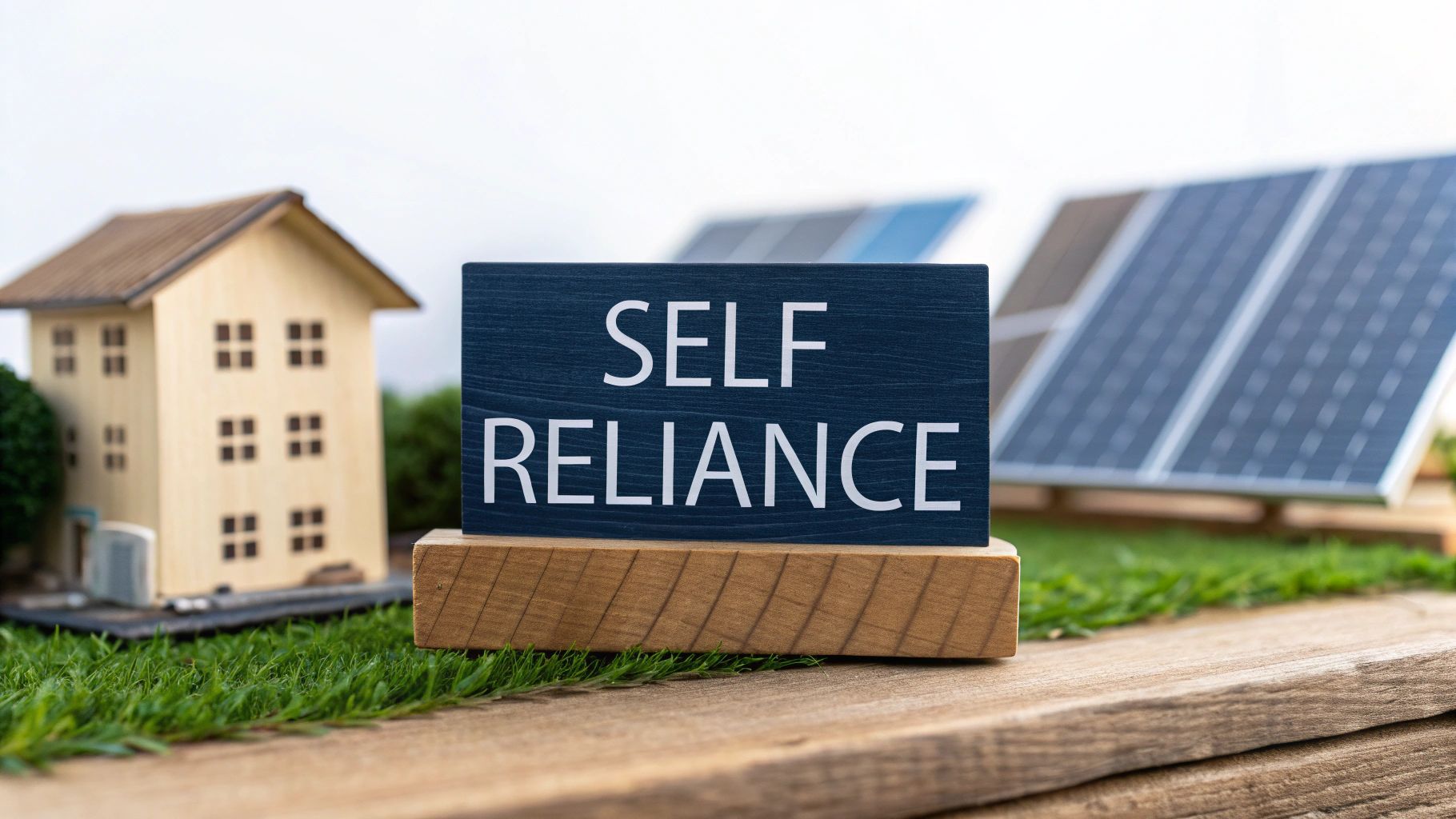Introduction To How To Become Self Sufficient
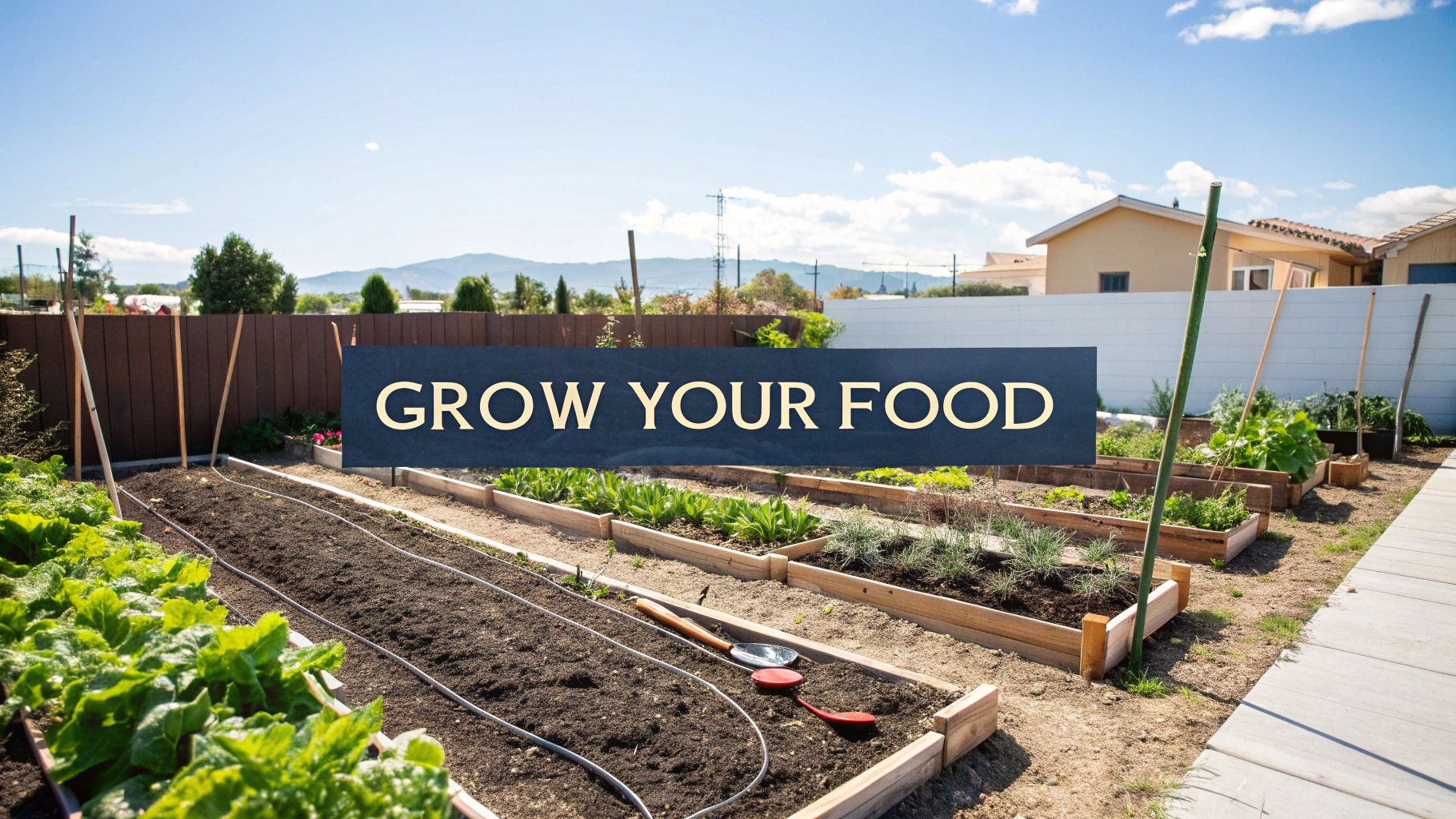
Self-sufficiency is more than a passing fad. It's about taking charge of your life's necessities. This involves building skills and acquiring resources to live a more resilient and fulfilling life. The core principles revolve around food production, financial stability, renewable energy, and sustainable living practices.
Many factors contribute to this increasing interest in self-reliance. These include economic uncertainties, environmental awareness, and a desire for greater personal freedom. Developing practical skills in these areas can create a sense of security and independence.
For example, growing your own food reduces your dependence on supermarkets and grocery stores. Generating your own power lessens your reliance on traditional utility companies.
Understanding the Pillars of Self-Sufficiency
Self-sufficiency requires a multifaceted approach. Each element reinforces the others, building a network of strength and resilience.
Let's explore the key components:
Food Production: This involves growing, preserving, and storing your own food. It can range from tending a small backyard garden to managing larger-scale farming. It allows more control over your food sources and promotes healthy eating.
Financial Stability: Financial self-sufficiency means earning and managing enough money to cover your needs without relying heavily on external sources. This involves smart budgeting, investing, and developing multiple income streams.
Renewable Energy: Using renewable energy sources, like solar or wind power, minimizes your environmental impact and dependence on traditional energy companies. This has become increasingly important with growing climate change concerns.
Sustainable Living: This means reducing waste, conserving resources, and integrating environmentally conscious practices into your everyday life. Examples include recycling, composting, and making thoughtful purchasing decisions.
These principles combine to create a lifestyle less dependent on outside systems. The specific ways you implement them will depend on your situation, resources, and objectives. The key is to understand how these elements are interconnected. This is crucial for creating a truly resilient and sustainable lifestyle. In the next sections, we'll delve deeper into each of these areas and offer practical strategies for your journey towards self-sufficiency.
Food Self-Sufficiency and Security
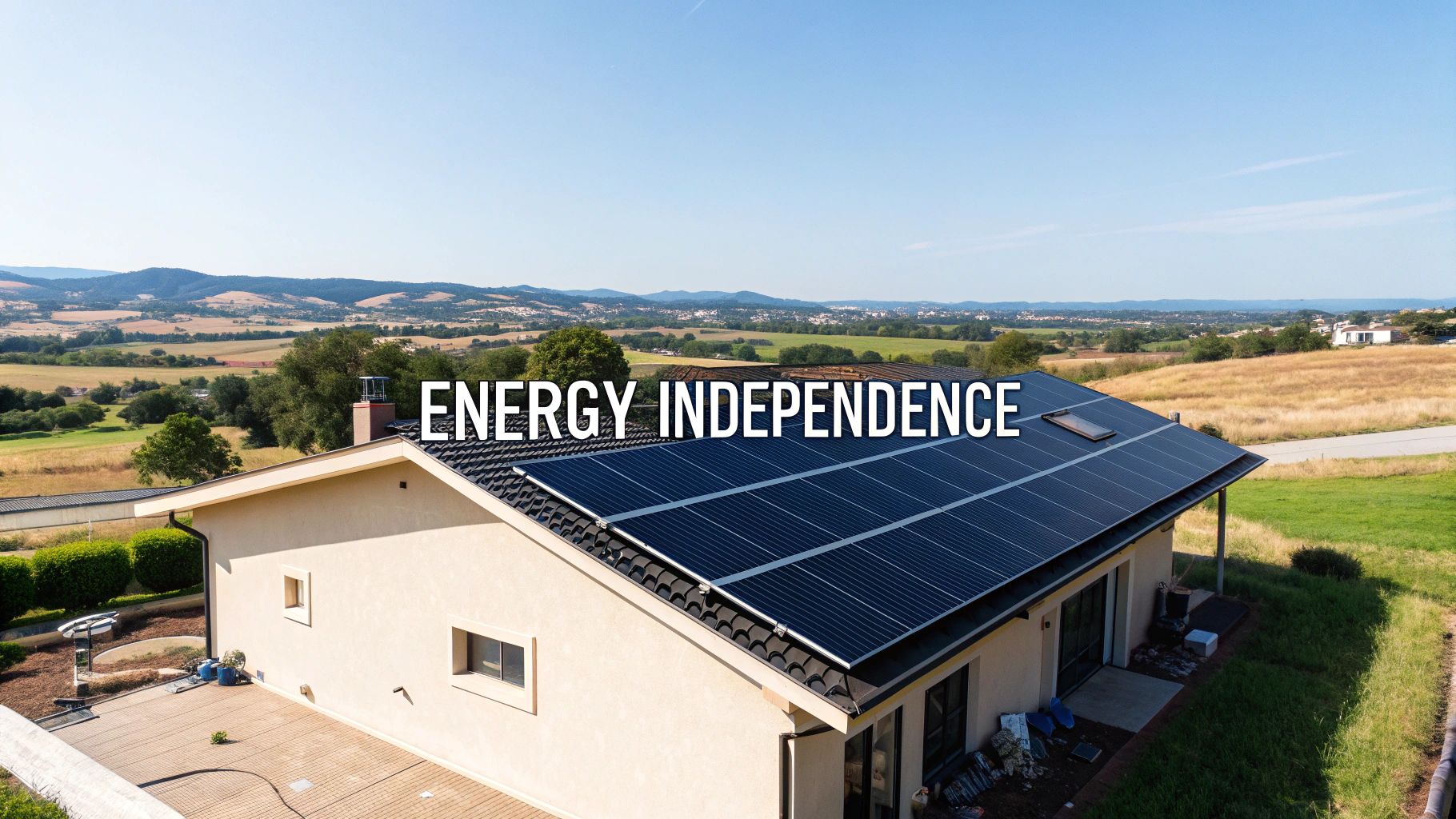
Achieving food self-sufficiency is a cornerstone of a resilient and independent lifestyle. It means having consistent access to nutritious food without relying too much on outside sources. This section explores the difficulties and advantages of producing and accessing your own food.
One of the first steps is understanding the current situation. Becoming self-sufficient involves grasping the reality of food insecurity. In the United States, 13.5% of households experienced food insecurity in 2023, a statistically significant jump from 12.8% in 2022. This highlights the need for reliable food systems. You can find more detailed statistics at the USDA Food Security Statistics website.
This understanding can shape your approach to building a more secure food supply. It means putting sustainable practices into place that encourage access to high-quality produce. For instance, cutting down on food waste is a major element in bolstering your food security.
Practical Steps Towards Food Self-Sufficiency
Several different approaches can help you move toward greater food independence. These strategies encompass both individual efforts and community-based projects.
Starting a Home Garden: A modest garden can produce a surprising quantity of food. This reduces your trips to the grocery store and provides fresh, healthy options.
Community Gardens: These shared plots offer an opportunity to connect with experienced gardeners and pool resources. They're especially useful for people who don't have much space.
Partnering with Local Farmers: Developing relationships with local farmers connects you directly to the origin of your food. This could mean shopping directly at farms or joining a Community Supported Agriculture (CSA) program.
CSAs let you buy a "share" of a farm's harvest. This arrangement delivers a consistent supply of fresh, seasonal fruits and vegetables. It also supports local farms and promotes sustainable farming.
Building a Resilient Food System
Food self-sufficiency isn't only about cultivating your own food. It also means building a stronger, more resilient food system. This includes understanding trends in food insecurity and contributing to solutions.
Food preservation and storage are also vital for self-sufficiency. Knowing how to can, freeze, or dehydrate your bounty makes it last longer. This gives you access to nutritious food year-round, further minimizing dependence on external sources.
Developing these skills lets you manage your food efficiently. This minimizes waste and maximizes your efforts. By taking these steps, you are contributing to a more sustainable and secure food supply for yourself and your community.
Home And Garden Self-Sufficiency
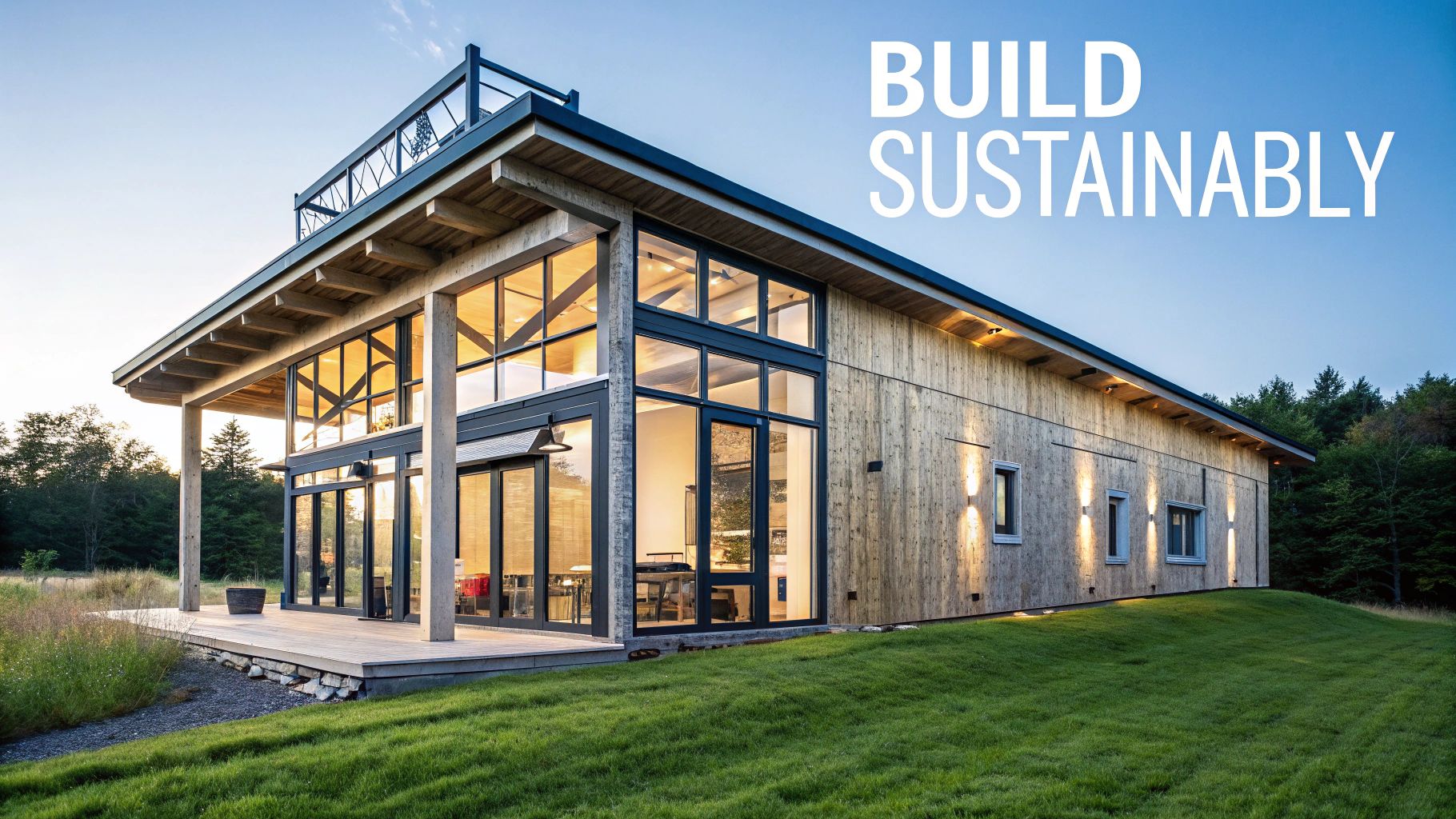
Your home and garden can become the heart of self-sufficient living. With some planning and a dash of creativity, these spaces transform into productive, sustainable resources. This section guides you on turning everyday areas into a source of food and greater independence, an important step in achieving self-sufficiency.
Understanding global food production trends is crucial for self-sufficiency. The self-sufficiency ratio for certain foods, like milk and dairy, varies significantly by region. For instance, the Gulf Cooperation Council had a self-sufficiency rate of about 62.6% for these products in 2021. This highlights that even with advancements, many regions rely on imports. Learn more about this at this statistic about food self-sufficiency. This knowledge helps you focus your efforts on boosting your own food production.
Maximizing Your Backyard’s Potential
Even a small backyard can become a thriving food source. Implementing simple techniques can maximize your garden’s yield and variety.
Raised Bed Gardening: Raised beds provide better soil control, drainage, and accessibility, which is helpful in areas with poor soil.
Vertical Planting: This space-saving method trains plants to grow upwards, ideal for smaller gardens or maximizing production in limited areas.
Organic Pest Management: Using natural pest control protects crops without harmful chemicals, creating a healthier garden ecosystem.
These techniques contribute to a more productive and sustainable garden, giving you greater control over your food sources and reducing reliance on external systems.
Sustainable Gardening Practices
Sustainable gardening goes beyond maximizing yields; it focuses on long-term health and environmental impact.
Soil Preparation: Healthy soil is essential. This involves enriching the soil with compost and other organic matter.
Crop Rotation: Rotating crops prevents soil depletion and minimizes pest issues, ensuring your garden’s continued health and productivity.
Plant Diversity: Growing various plants builds a resilient garden ecosystem. This provides diverse nutrients and reduces crop failure risk.
These practices lessen your garden's environmental impact and ensure a steady, diverse supply of homegrown food—crucial steps toward self-sufficiency.
To help you choose the right methods for your home and garden, consider the following comparison:
Home And Garden Self-Sufficiency Methods: A comparative analysis outlining various approaches to transforming your home and garden into a productive resource. Compare costs, scalability, labor requirements, and benefits to choose the method that best fits your goals.
| Method | Cost | Scalability | Labor Requirements |
|---|---|---|---|
| Raised Bed Gardening | Moderate | Moderate | Moderate |
| Vertical Planting | Low | Low | Low |
| Organic Pest Management | Low | High | Low |
| Soil Preparation | Low | High | Low |
| Crop Rotation | Low | High | Low |
| Plant Diversity | Low | High | Low |
This table summarizes the various methods discussed, showing that sustainable practices are often low-cost and highly scalable. While raised bed gardening requires a moderate investment, it offers good scalability and manageable labor needs.
Examples and Inspiration
Many have successfully turned their homes and gardens into productive spaces. These real-world examples offer practical guidance and motivation. Some communities have created shared gardens, while others have built small-scale aquaponics systems, combining fish farming with hydroponics. These initiatives showcase innovative approaches to self-sufficiency and provide valuable knowledge and inspiration for your eco-friendly garden journey. Even small changes can make a significant difference with a bit of planning.
Financial Self-Sufficiency And The Self-Sufficiency Standard
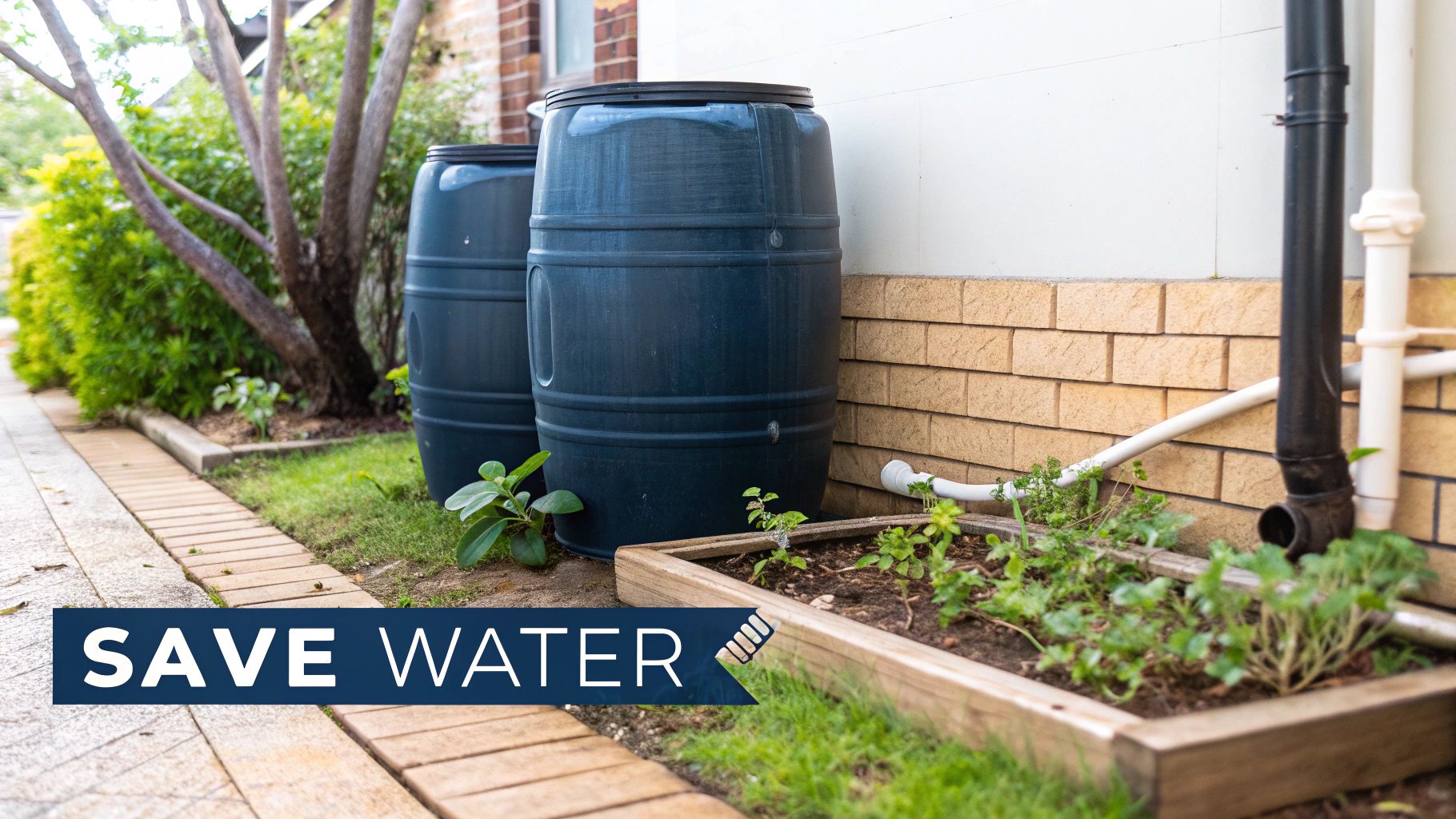
Financial independence is the cornerstone of a self-sufficient life. It means having a firm financial footing without relying heavily on outside income. This section explores how to achieve this stability, focusing on the Self-Sufficiency Standard, a vital tool for grasping the true cost of self-reliance.
The Self-Sufficiency Standard provides a detailed framework for understanding a family's essential financial needs without public or private assistance. Developed by Dr. Diana Pearce in the mid-1990s, it calculates the necessary income for crucial expenses. These include housing, childcare, food, healthcare, transportation, and other necessities. This standard is calculated for different family types across various counties and states, illustrating the income needed for self-sufficiency in different locations. Learn more about the Self-Sufficiency Standard at the Self-Sufficiency Standard website.
Understanding The Self-Sufficiency Standard
The standard isn’t a one-size-fits-all measure. It recognizes that the cost of living fluctuates significantly. A single parent with two children in rural Montana has different needs than a similar family in New York City. The standard considers these regional differences, helping individuals create a realistic budget tailored to their specific circumstances.
For example, childcare costs can place a significant burden on families. The Self-Sufficiency Standard incorporates the average cost of childcare in different areas, providing a precise understanding of the required family income to cover this essential expense. This information is invaluable for effective planning and budgeting.
Practical Budgeting For Self-Sufficiency
A strong financial plan is essential for long-term self-reliance. This means diligently tracking income and expenses, as well as setting attainable financial goals.
Track Your Spending: Use budgeting apps like Mint or spreadsheets to monitor where your money is going. Pinpoint areas where you can cut back.
Create a Realistic Budget: Develop a budget that corresponds to your income and expenses. The Self-Sufficiency Standard can be a helpful tool for establishing a baseline budget.
Build an Emergency Fund: Savings for unexpected events are crucial for financial security, acting as a safety net for sudden job loss or medical bills.
Regional Variations And Their Impact
The cost of living can change dramatically across different regions. Understanding these variations is important for reaching financial self-sufficiency. The Self-Sufficiency Standard provides data on the income needed to cover basic expenses in various locations.
To illustrate this further, let's look at a breakdown of typical expenses:
Financial Requirement Breakdown: A detailed table comparing estimated monthly expenses for various family types under the Self-Sufficiency Standard. See how housing, food, childcare, healthcare, and transportation costs vary by region.
| Expense Category | Cost Estimate | Region Variance | Notes |
|---|---|---|---|
| Housing | Varies greatly | Urban areas typically higher | Consider family size and location |
| Food | Varies by family size | Regional differences in food prices | Can be reduced through home gardening |
| Childcare | High in many areas | Availability and cost vary significantly | A major expense for families |
| Healthcare | Varies by coverage and individual needs | Can be a substantial cost | Factor in insurance premiums and potential out-of-pocket expenses |
| Transportation | Depends on commute and vehicle ownership | Public transportation can lower costs | Consider car payments, insurance, and fuel costs |
This table demonstrates how drastically expenses can change based on region and family composition. Using resources like the Self-Sufficiency Standard can help you tailor your budget accordingly. This allows you to modify your budget and financial goals to fit your area, a crucial step in building a strong financial plan supporting your journey to self-sufficiency. Financial self-sufficiency is more than just making ends meet; it's about taking control of your finances and building a life aligned with your values and objectives.
Energy Independence For A Self-Sufficient Lifestyle
Energy independence is a crucial part of self-sufficient living. It gives you the power to manage your own energy, reducing your dependence on utility companies. This means understanding how to use renewable energy to power your home, and perhaps even your community.
Exploring Renewable Energy Options
Several renewable energy options can help you achieve a self-sufficient lifestyle. Each has its advantages and disadvantages, so choosing what works best for your specific situation is important.
Solar Power: Using the sun's energy with photovoltaic (PV) panels is a common choice. Solar panels transform sunlight directly into electricity. The sun is a clean and abundant energy source.
Wind Power: Wind turbines convert wind energy into electricity. In locations with steady winds, this is a very efficient method.
Biomass Energy: Biomass systems use organic materials, like wood or agricultural byproducts, to create energy. This can be particularly useful in rural areas.
While each of these systems has an initial cost, the long-term savings and the independence they provide can make them a smart investment. Government incentives and rebates can also help lower the starting price, making renewable energy more affordable. By carefully evaluating your energy needs and what resources are available, you can pick the best renewable energy solutions for your self-sufficient lifestyle.
Implementing and Maintaining Your System
After you choose your energy source, the next important steps are proper setup and upkeep.
Cost Assessment: Figure out the initial costs for the equipment and installation. Be sure to include potential maintenance costs over time.
Installation: Make sure qualified experts handle the installation. This ensures the system works at its best and is safe.
Maintenance: Regular maintenance is essential for keeping your renewable energy system working well and lasting a long time. This might include cleaning solar panels or greasing the moving parts of a wind turbine.
Following these steps will help you prevent issues and extend the life of your system, creating a more effective and dependable energy source.
Real-World Examples and Case Studies
Many people and communities have successfully switched to renewable energy, proving that energy independence is a realistic goal. Some homeowners have installed solar panels, which has significantly lowered their electricity bills. Other communities have built wind farms that produce enough electricity for many homes. These examples offer useful knowledge and encouragement for those looking to achieve self-sufficiency.
Comparing Renewable Energy Options
To make the best decision for your situation, take a look at the comparison table below.
To help you choose the best renewable energy source for your needs, we've put together a comparison table. It outlines key factors like setup and maintenance costs, as well as efficiency ratings.
Renewable Energy Options Comparison: A comparison of renewable energy sources tailored for self-sufficient living. Review setup costs, maintenance expenses, and overall efficiency data for solar, wind, and other renewable energy options.
| Energy Source | Setup Cost | Maintenance Cost | Efficiency |
|---|---|---|---|
| Solar Power | High | Low | Moderate |
| Wind Power | High | Moderate | High (in windy areas) |
| Biomass Energy | Moderate | Moderate | Moderate |
This table highlights the main differences and similarities of each energy source. Solar power has a high initial investment but low maintenance, while wind power's high setup costs can be offset by its high efficiency in appropriate locations. Biomass offers a moderately priced option with moderate efficiency. Considering this data along with your specific circumstances will allow you to select the most suitable and effective renewable energy solution. By choosing energy independence, you not only lessen your impact on the environment, but you also take control of a critical element of your self-sufficient lifestyle.
Sustainable Living And Resource Management
Sustainable living encompasses much more than simply cultivating your own food or harnessing renewable energy. It's about making informed choices to minimize waste and utilize resources responsibly. This includes everything from recycling and composting to finding new uses for everyday items. This conscious approach to consumption and disposal is a crucial step towards self-sufficiency.
Reducing Your Environmental Impact
A vital aspect of sustainable living is minimizing your carbon footprint. You can achieve this through practical, everyday actions. For instance, conserving water by installing low-flow showerheads or repairing leaks is a simple yet impactful change. Opting for eco-friendly products, such as biodegradable cleaning supplies or reusable shopping bags, also significantly reduces waste.
These small changes, when consistently applied, add up to make a substantial positive impact on the environment. Repurposing materials, like transforming old clothes into rags or using glass jars for storage, further enhances your sustainability efforts. This creative reuse of resources is fundamental to a self-sufficient lifestyle.
The Benefits of Sustainable Resource Management
Food self-sufficiency is a multifaceted issue, and national figures can often obscure underlying difficulties. While the United States imports only about 20% of its food, indicating a high level of overall self-sufficiency, 10.2% of U.S. households experience food insecurity. More detailed statistics are available here: Explore food self-sufficiency statistics. This discrepancy underscores that national food self-sufficiency doesn't guarantee food security for every individual. It emphasizes the need for sustainable practices at every level, from individual to national.
Sustainable resource management yields substantial social and economic advantages that extend beyond individual homes. By lessening our dependence on landfills and embracing mindful consumption, we contribute to healthier communities. Composting, for example, minimizes waste and generates nutrient-rich soil, benefiting both individuals and the environment. This creates a virtuous cycle where sustainable choices reinforce self-sufficiency and strengthen local communities.
Moreover, sustainable practices frequently result in long-term cost savings. Reducing water consumption not only conserves a valuable resource but also lowers your water bill. Adopting sustainable resource management practices benefits the environment and creates a more financially stable and self-reliant lifestyle. This approach resonates with the core principles of self-sufficiency, fostering a healthier planet and more resilient communities.
Conclusion And Next Steps To Become Self-Sufficient
This guide has explored key aspects of building a self-sufficient life. From growing your own food to achieving financial security, generating your own energy, and embracing sustainable living, we've covered essential strategies for achieving greater independence. By incorporating these principles, you're empowered to make significant changes that build a resilient and fulfilling lifestyle. This means taking small, manageable steps instead of attempting a complete overhaul all at once.
Taking Action: Your Next Steps
Transitioning toward self-sufficiency is a journey, not a race to the finish line. Start small and gradually add these practices to your everyday life. Consider these action steps:
Assess your current situation: Where are you already self-sufficient? What areas could use some improvement? Being honest about your current state is the first step toward real change.
Prioritize your goals: Focus on one or two key areas to begin with. This targeted approach prevents you from feeling overwhelmed and encourages consistent progress. For example, you might concentrate on food production and financial planning before exploring renewable energy solutions.
Create a plan: Develop a concrete plan with actionable steps. This might involve starting a small garden, creating a budget, or researching solar panel options. Having a written plan keeps you focused and motivated.
Monitor your progress: Track your advancements and celebrate your accomplishments. This positive reinforcement will keep you motivated and dedicated to your self-sufficiency journey.
Seek support: Connect with others who are also interested in self-sufficiency. Sharing information, experiences, and encouragement creates a valuable support system to help you overcome difficulties.
Overcoming Common Obstacles
The path to self-sufficiency has its share of hurdles. Anticipating and addressing these typical challenges will set you up for greater success.
Time constraints: Start with manageable projects. Even small actions like starting a garden or making simple budgeting changes can make a difference without requiring a huge time commitment.
Limited resources: Make use of the resources you have and connect with local organizations. Community gardens, farmers' markets, and library resources can be invaluable assets.
Lack of knowledge: Learn more through books, online resources, and workshops. Continuously expanding your skills and knowledge is crucial for progress.
Building A More Resilient Future
Self-sufficiency is about more than just practical skills; it’s a mindset. It's about having confidence in your ability to manage your own life. As you progress toward greater self-reliance, remember to appreciate the journey. It's an ongoing process of learning, growth, and adaptation. Each step you take toward independence contributes to your well-being and a more sustainable future.
Are you ready to take control and build a more fulfilling future? The Covered Call Podcast shares inspiring stories and actionable strategies to help you achieve true freedom. Join Jason Nutter and Lovis Kauf as they explore the minds of successful entrepreneurs and investors who have created their own unique paths. Listen to insightful conversations with guests like Luke Gromen, Rick Rule, Doug Casey, Peter Alexander and Adrian Day, and discover how to unlock your potential. Tune in to The Covered Call Podcast and begin your journey toward greater freedom and independence today.

